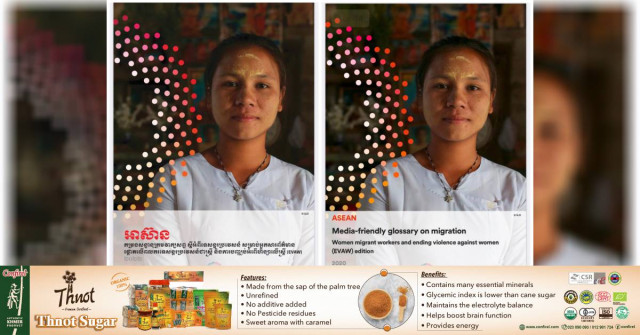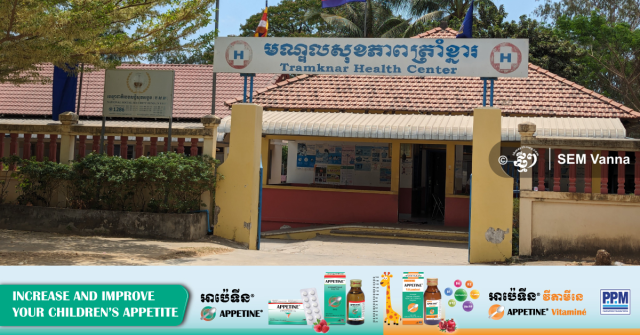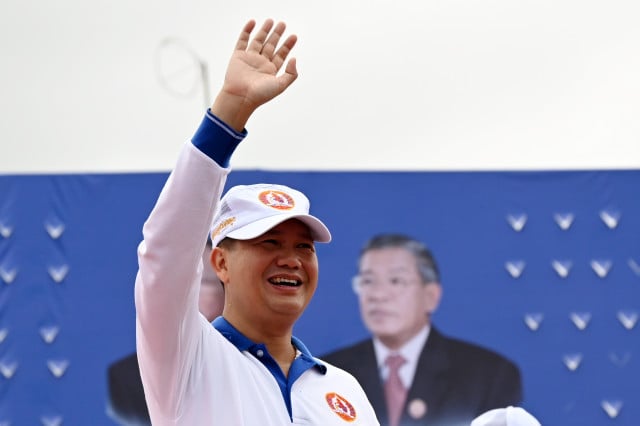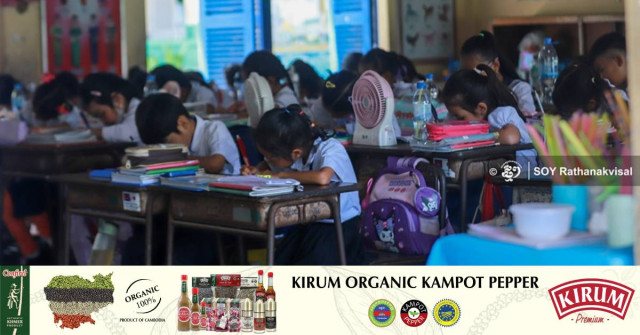Word Guide to Curb Migrant Workers’ Suffering

- By Meng Seavmey
- November 23, 2023 6:10 PM
PHNOM PENH – As a migrant worker, Long Leap was called a servant and an illegal worker, despite being documented, for working away from her country of origin. She endured the discrimination so that she could earn for her family.
On Nov. 22, the middle-aged migrant worker said some people had a poor choice of words when talking to her because of her job situation.
Regardless, she was still working to earn and acquire a skill to save up for a better job when she came back to her country of origin.
Aiming to end such cases, a glossary on migration has been launched in Khmer — translated from UN Women’s English version — for people working in media and journalism to promote responsible reporting of labour migration and violence against women and raise awareness about gender-sensitive language.
Media workers are encouraged to use correct terminology when addressing issues related to migrant workers or survivors of violence and harassment to end discrimination.
There are currently around 11.6 million documented migrant workers in Southeast Asia and the Pacific region. Of those, 5.2 million are women, Deepa Bharathi, chief technical adviser of the International Labor Organization Regional Office for Asia and the Pacific, said at the launch.
Migrant workers often faced discrimination, violence, and harassment in their countries of origin and destination. Words were powerful and could build them up or pull them down.
Khun Sophea, a national program coordinator for UN Women in Cambodia, said the glossary is to promote the importance of media-friendly words and its influence on migrant workers.
“Sometimes, the reports or media producers use a sensitive language unknowingly, therefore, this glossary is a reminder about their word’s influence to all genders and society through their reporting,” she said.
Journalists are encouraged to raise the awareness among the public and fellow reporters about the importance of human trafficking prevention and migrant workers protection, said Nhean Sochetra, head of the General Department of Social Development at the Ministry of Women's Affair.
“Using acceptable terminology is important in protecting the survivors of violence or harassment through news reporting,” she said. Examples were changing “victims” to “survivors” and “servants” to “migrant workers”.
The glossary aims to improve reporting on physical, sexual, emotional, and economic harassment on migrant workers, especially women. It is also to exclude details of the violence, uncensored photos and survivors’ personal information that can cause uneasy feelings.
“It is to prevent media people making fun or showing disrespect and change the public’s behavior in eliminating violence against women in society,” she said.
In many countries, migrant workers had contributed a great extent to economies such as in manufacturing, domestic and care work, services, construction, and agriculture.
“Migrant workers do not work in another country because they can’t find a job in the state of origin but because they find another job that provides better conditions that are suitable for them. It’s their right to choose,” she said.
Sochetra added that their obstacles are usually overlooked and undervalued. When they come back to the home of origin, they will also be responsible for the family debts, unemployment and the loss of income.
She said at the launch that the Ministry of Women’s Affairs, along with relevant authorities and institutions, ensured that poor or vulnerable households were identified and provided with training to seek another job.
The glossary launch is a part of the Safe and Fair program, focusing on “Realizing Women Migrant Worker’s Rights and Opportunities in the ASEAN region”, to eliminate violence against women and girls.
The program focuses on all ASEAN member states and is implemented by the ILO and UN Women, in collaboration with United Nations Office on Drugs and Crime.















